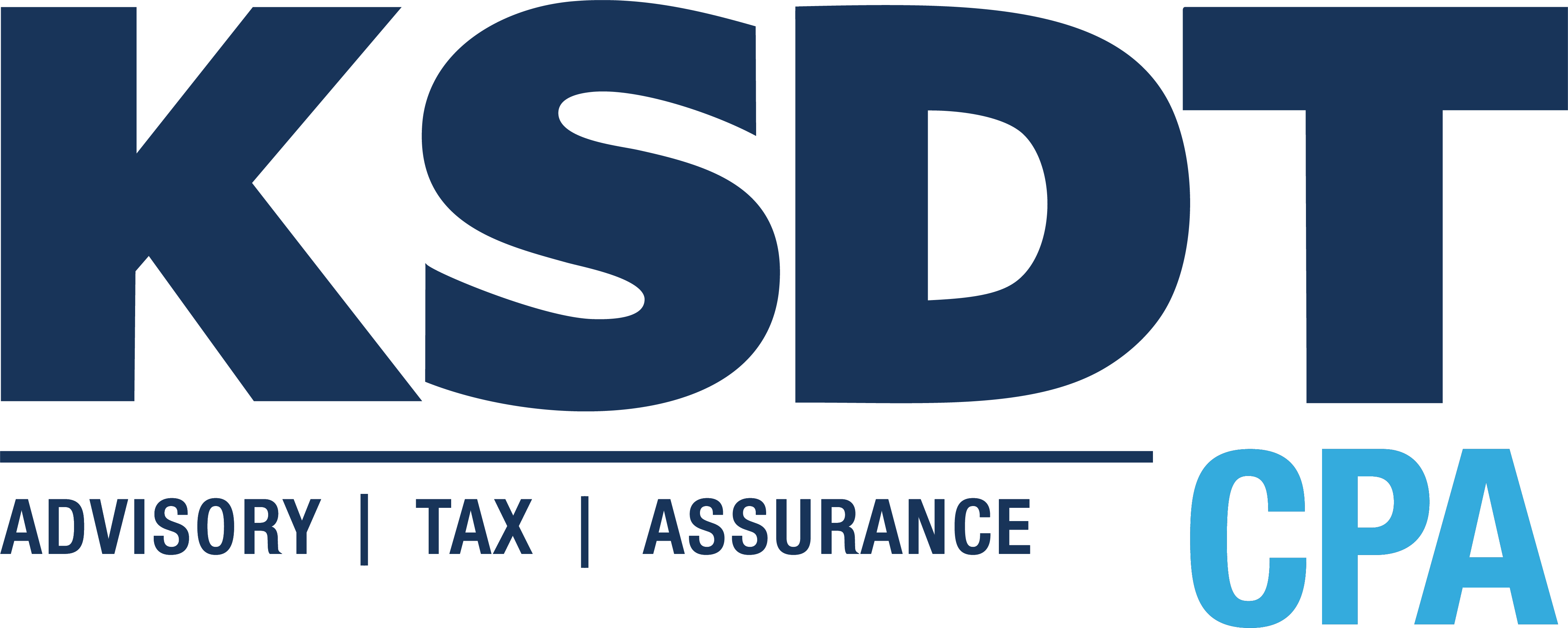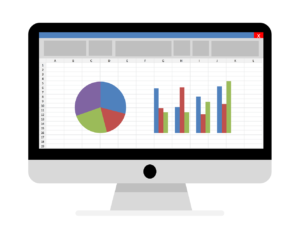With the holidays around the corner, many people will be making donations to benefit charitable organizations. However, come tax time, the person who made the donation might also benefit. That’s because taxpayers who donate to a charity may be able to claim a deduction for the donation on their federal tax return.
Here are five facts about charitable donations: Read more
Qualified Charities
A taxpayer must donate to a qualified charity to deduct their contributions. Gifts to individuals, political organizations, or candidates are not deductible. To check the status of a charity, taxpayers can use Exempt Organizations Select Check on IRS.gov.
Itemize Deductions
To deduct charitable contributions, taxpayers must file Form 1040 and itemize their deductions. To do this, taxpayers complete Schedule A, Itemized Deductions. They file this form with their tax return.
Getting Something in Return
Taxpayers may receive something in return for their donation. This includes things such as merchandise, meals, and event tickets. Taxpayers can only deduct the amount of the donation that’s more than the fair market value of the item they received. To figure their deduction, a taxpayer would subtract the value of the item received from the amount of their donation.
Type of Donation
For donations of property instead of cash, a taxpayer can only deduct the fair market value of the donated item. Fair market value is generally the price they would get if they sold the item on the open market. If they donate used clothing and household items, those items generally must be in good condition. Special rules apply to certain types of property donations, such as cars and boats.
Donations of $250 or More
If a taxpayer donates $250 or more in cash or goods, they must have a written receipt from the charity. The statement must show: • The amount of the donation. • A description of any property given. • Whether the taxpayer received any goods or services in exchange for their gift, and, if so, must provide a description and good faith estimate of the value of those goods or services.
Taxpayers can also use the Interactive Tax Assistant, Can I Deduct my Charitable Contributions? This tool helps determine if charitable contribution is deductible. If you need assistance on your personal of business income taxes, please reach out to us and let us assist you.
More Information
Tax Topic No. 506 – Charitable Contributions





